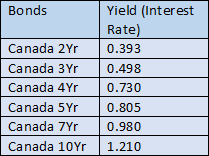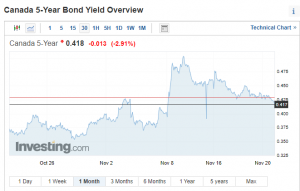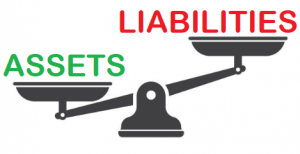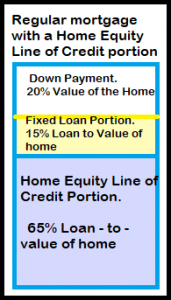There’s a new niche mortgage solution in British Columbia designed for the Equity Rich
Think of this mortgage solution as a reverse mortgage with no minimum age limit, no monthly payments & no income requirements!
Making this mortgage solution worth exploring for those who are interested in using their equity to purchase a 2nd home or investment property.
This mortgage solution is offered by Fraction Mortgage: https://www.fraction.com
How does it work?
Homeowners can unlock up to 40% of their home’s equity.
The interest rate on the mortgage is determined by the change in the home value over a 5-year term.
For example, if the home’s value has appreciated by 20% over 5-years, then the interest rate charged to the loan will be 20%/5 years = 4%/yr
The lender restricts the minimum annual interest charged to 3.5%, and the maximum rate will never exceed 7.99%.
Who benefits from this mortgage solution?
– Purchasing an investment property/2nd home and don’t want monthly mortgage payments.
– Loss of income, but don’t qualify for a reverse mortgage due to age
– Retired parents gifting a down-payment to their children
This mortgage solution is designed for equity rich borrowers with no income wanting to unlock their property’s equity without paying Private Lender rates of 8.99%-12%.
For a visual calculator on how this mortgage solution operates please click the link: https://app.fraction.com/estimate
I welcome any questions regarding this mortgage product.
– Adam Sale Mortgages





